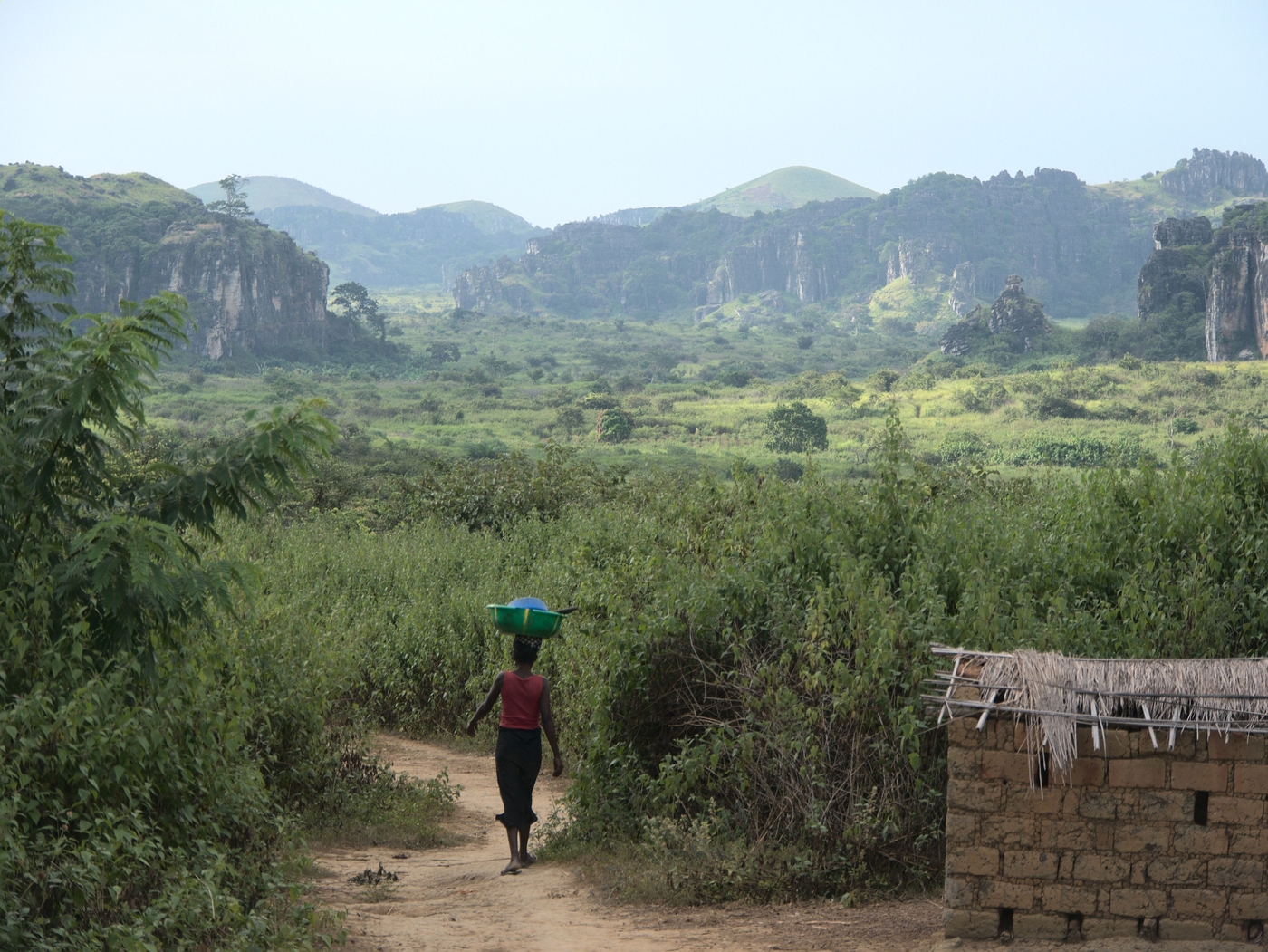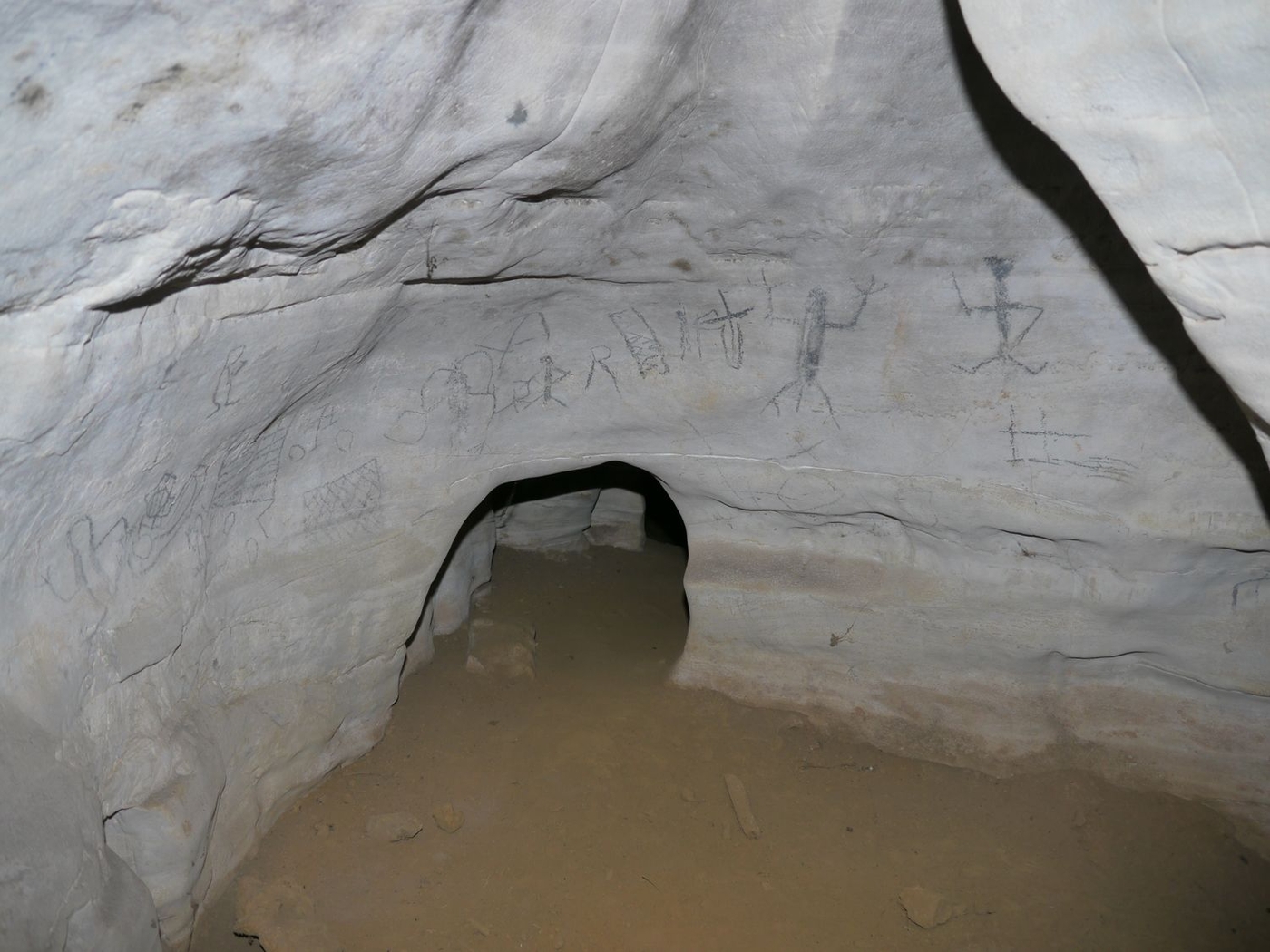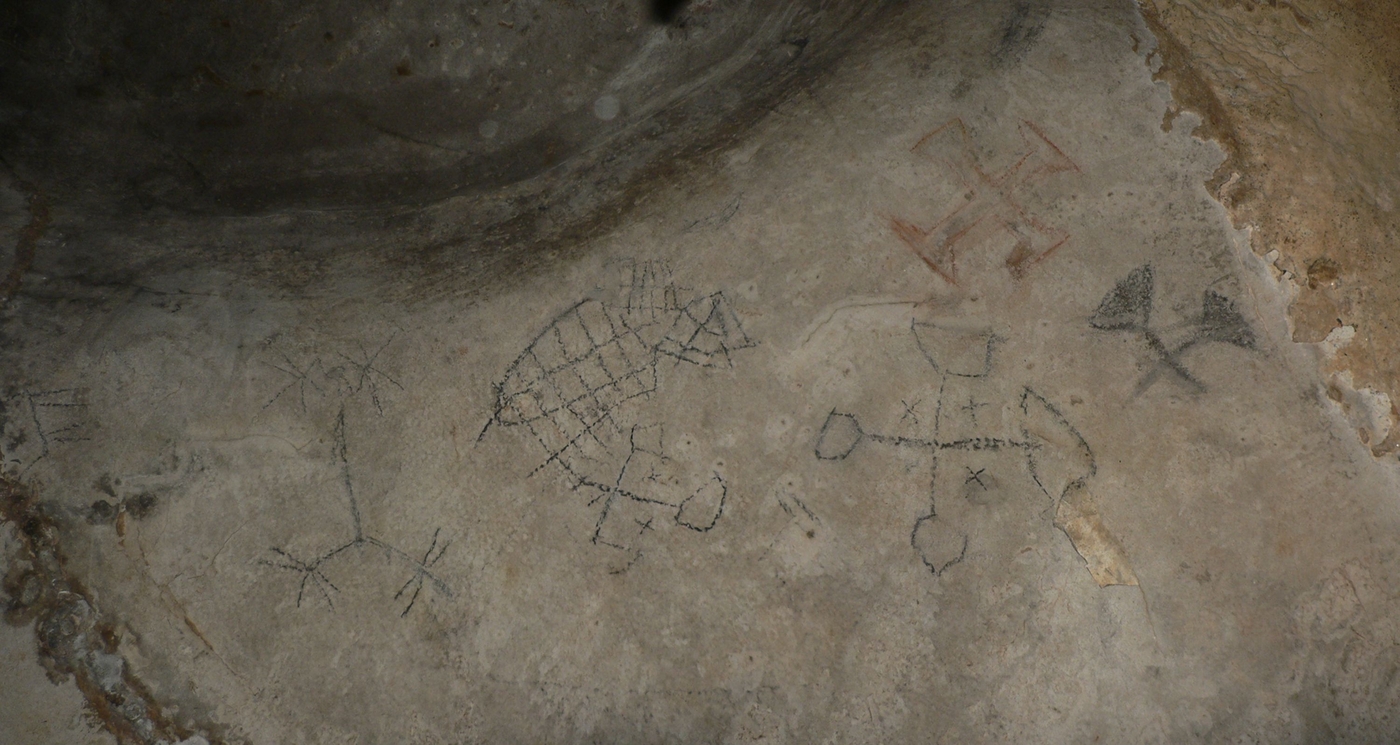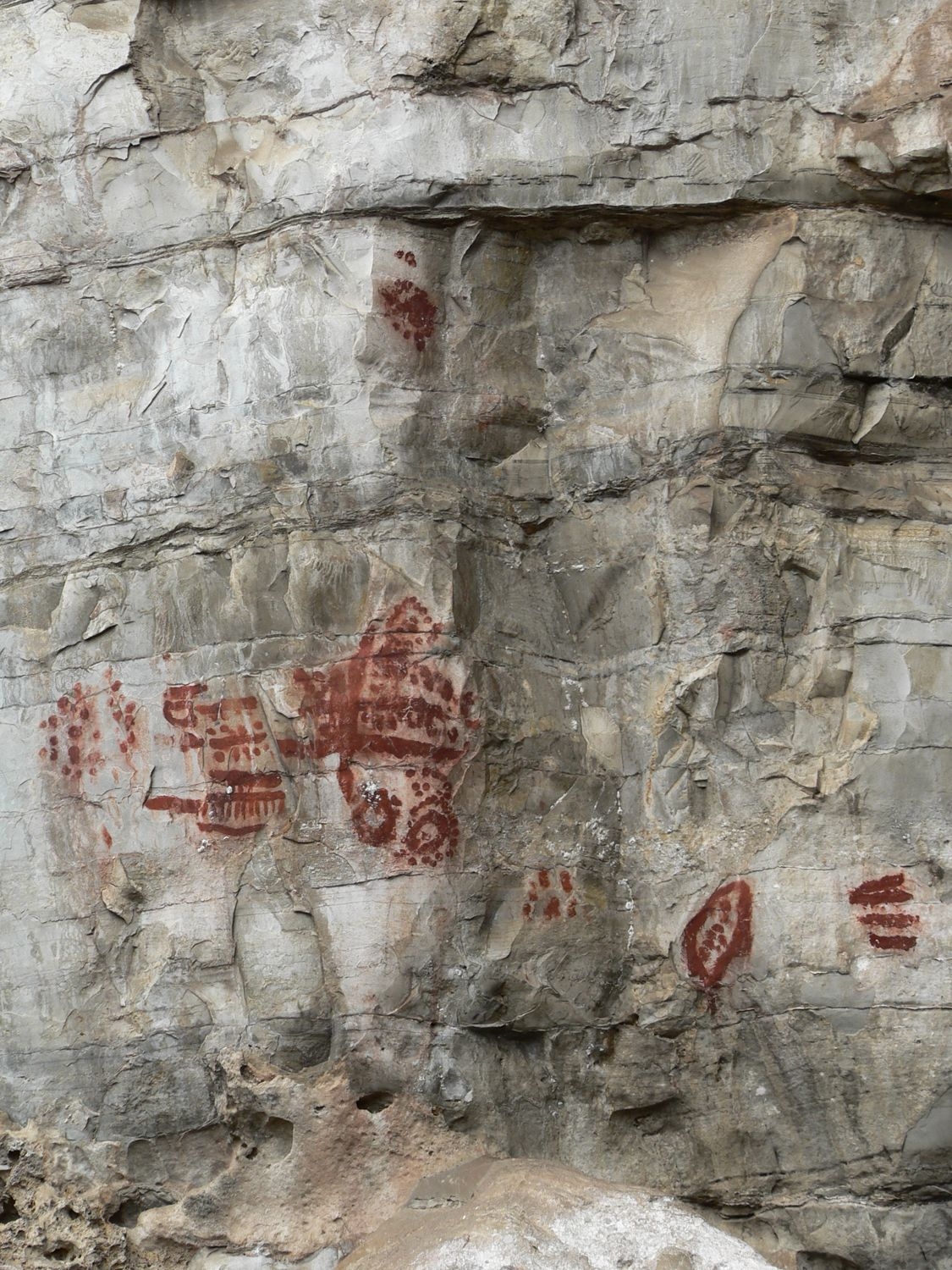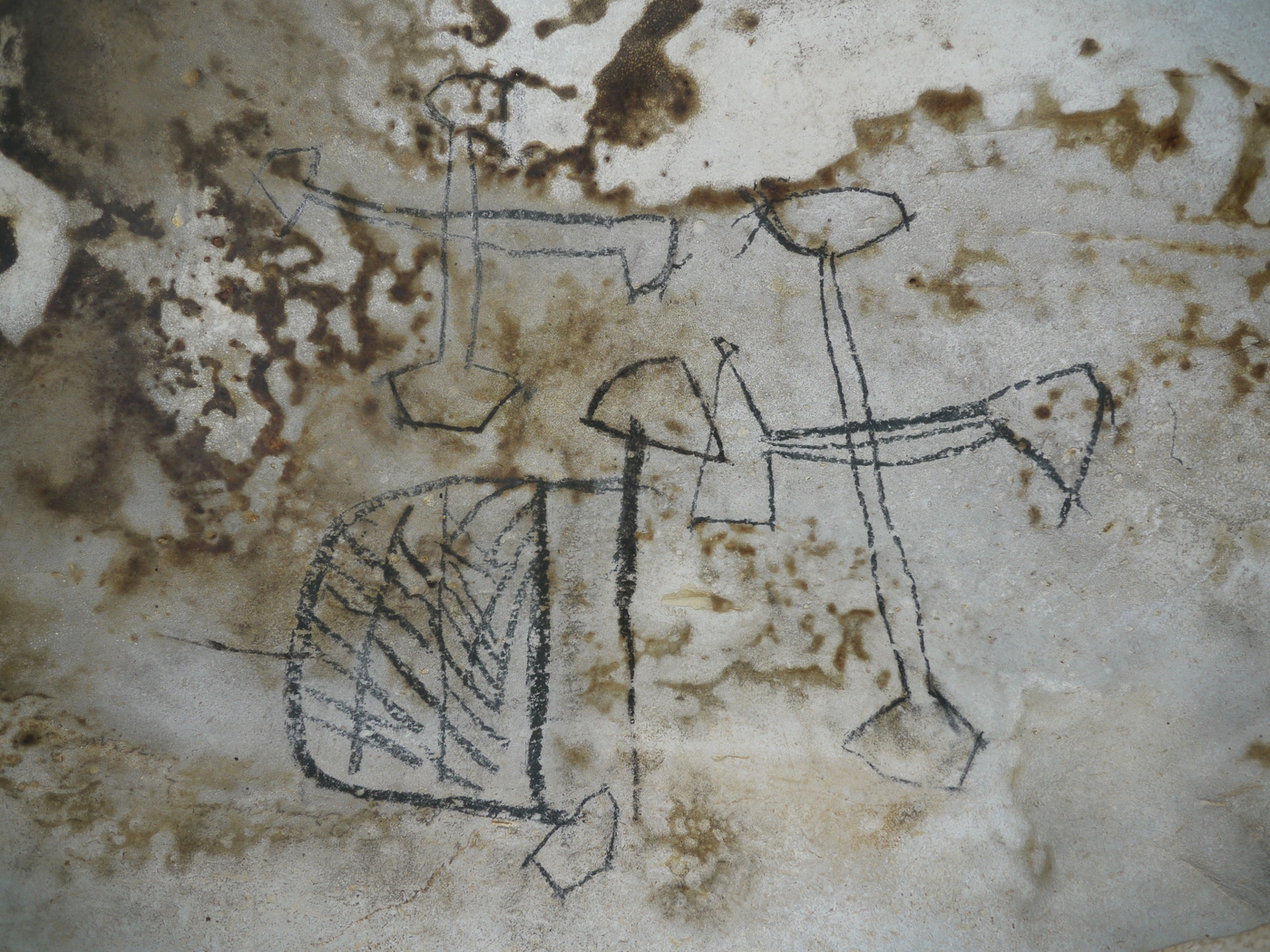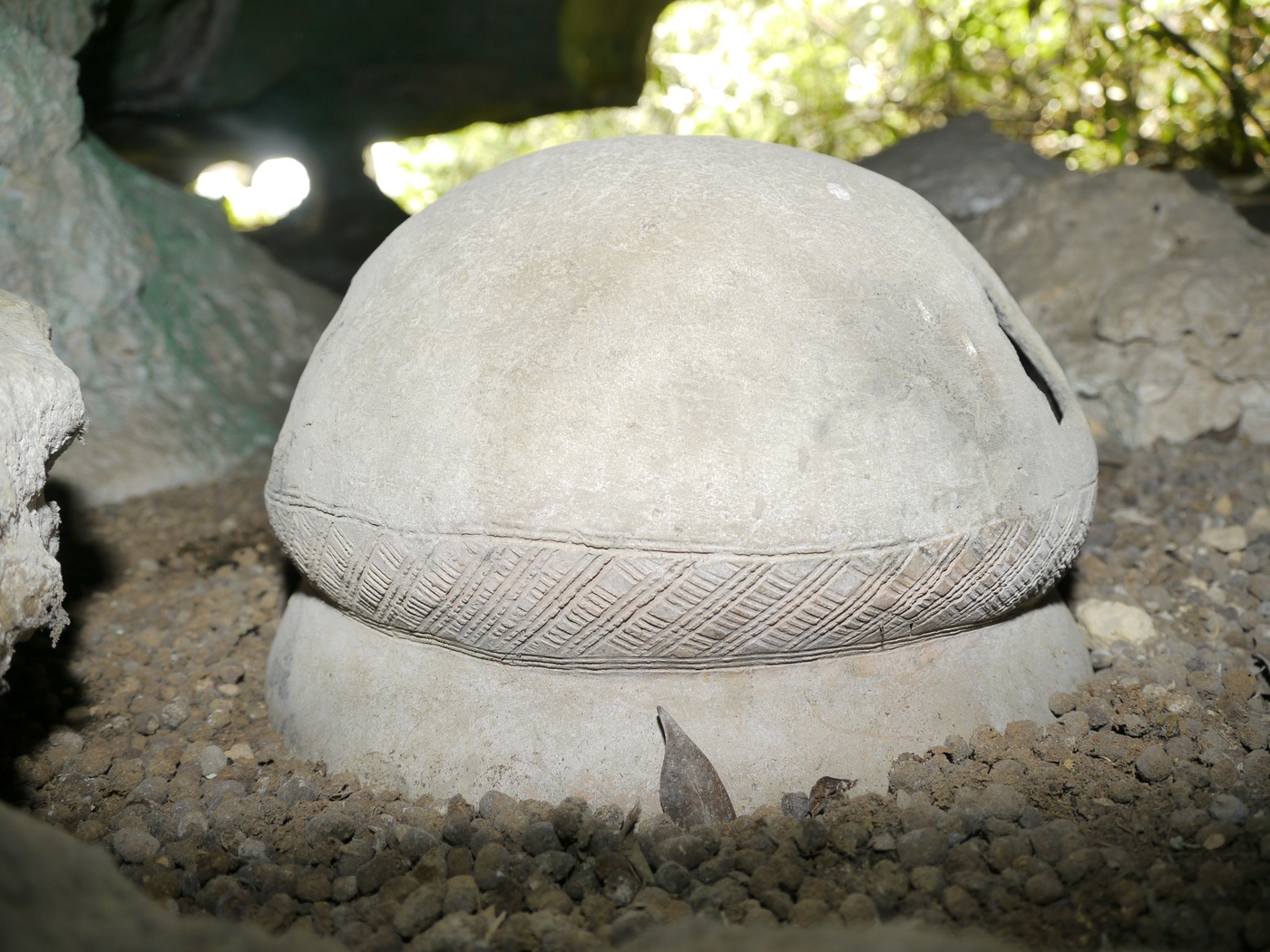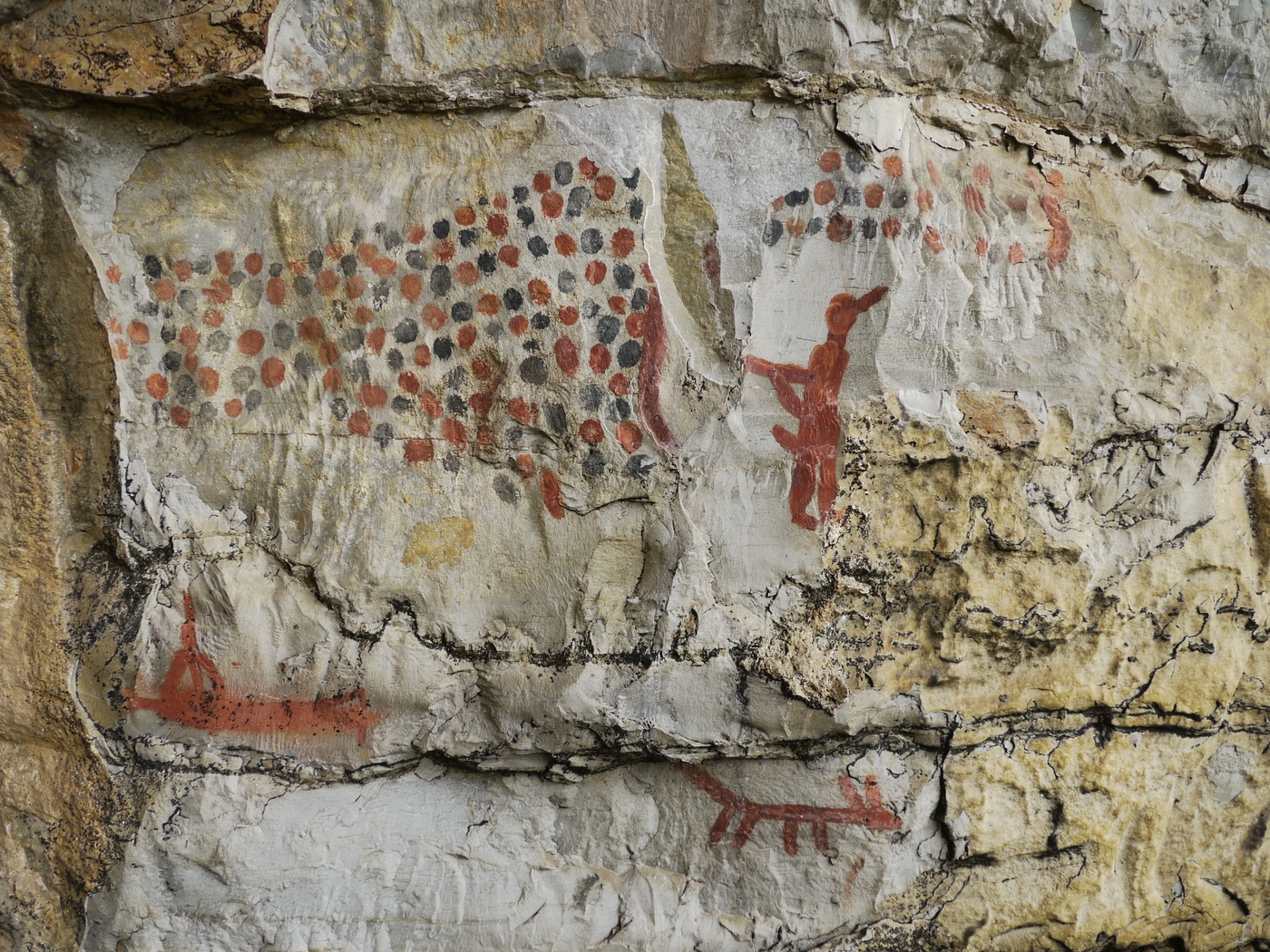The Lovo Massif
The Lovo Massif is in the north of a former African kingdom, the kingdom of Kongo. Although this kingdom is, from 1500, one of the best documented in Africa there are still gaps in the archaeological record. Our research was designed to fill some of these gaps.

Unlike the rock art of the Sahara or southern Africa, for which a wealth of information is available, the rock art of central Africa remains largely unknown to this day. With a total of 117 identified sites, the Lovo Massif contains the biggest concentration of rock art sites in the region, representing more than 5,700 rock images.
The Lovo Massif: a priceless source of information
Our project builds on more than ten years of archaeological research in the Lovo Massif. It is supported since 2016 by the French Ministry for Europe and Foreign Affairs, and since 2019 by the Ministry of Culture. It is implemented in close collaboration with the Institut des Musées Nationaux du Congo, the Congolese body responsible for protecting cultural heritage.
A few dates
To give you a general sense of what the Lovo Massif is like, imagine hundreds of limestone massifs with spectacular reliefs peppered with caves and rock shelters over an area of approximately 430km2. For the first time, we have been able to produce direct dates for the rock art using radiocarbon dating, ranging from the 13th to 18th centuries, attesting to links with the kingdom of Kongo and its rituals. Comparative historical, archaeological and ethnological studies have revealed the importance of rock art in Kongo culture. Certain related ritual and symbolic aspects can be attributed without question to the pre-Christian era. Very simple signs, such as the cross, for example, can be made to “speak" if we can date them and put them in their specific cultural context. We have brought to light the composite content of the message of the cross, a pivot point of an ancient religious syncretism.
Rock art
Our research also shed light on the connection between some of the rock art and initiatory practices like kimpasi and santu. It also provided us with more information on the Kongo decorative system, by showing how rock art is part of the same system of ornamentation and represents a significant proportion of remains from the former kingdom of Kongo. In addition to historical sources and oral traditions, it can provide historians with a valuable record and help reconstruct the African past.
Our work also reminds us of the need to classify and conserve these remarkable finds under threat from the industrial exploitation of the massifs. Given the great cultural, historical and natural worth of these sites, the Congolese authorities are planning to launch an initiative to inscribe the Lovo Massif on the UNESCO World Heritage List.
Project supported by the French Ministry for Europe and Foreign Affairs on the advice of the Excavations Board (Commission des fouilles).


